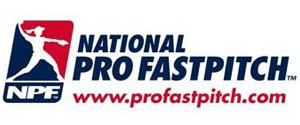K'SDAD wrote:Sam wrote:gablue wrote:First of all you can't tell that obstruction has occurred from a still photo. You need to see the entire play and you just don't get that in a single photo. You can't tell if she is about to slide and you can't tell if the catcher has the ball. That's pure speculation. The idea that since she is not focusing on the runner proves the catcher doesn't have the ball isn't true either. She could have just caught the ball when the picture was taken. If that's the case she wouldn't be turning her head to tag the runner. At least she shouldn't until after she has secured the ball.
As for obstruction, there's more to it than just blocking the base without the ball. There has to be evidence the runner was impeded. Did the runner change course? Did she slow down? If you call obstruction just because the catcher is blocking the plate without the ball, then you have to call obstruction when the runner rounds third and is 50 feet away from the base. But that's not how the rule is written nor how it is taught at any of the clinics I've been too.
Thats some very nice fiction. Under your rules, F2 would never have to get the ball...she could just stand in the runner's path without the ball and if the runner wasn't stopped by her, she wasn't obstructed. The act of standing in front of the plate without the ball is an act that impedes....she doesn't need to slow down or change course. She's blocking the plate without the ball with a runner bearing down on her. She's already in the path...she didn't move into the path after receiving the ball...so it doesn't matter if you think the ball is in her glove...she has already obstructed the runner.
Sam you are wrong.
Read the rule.





























